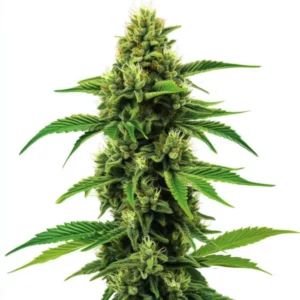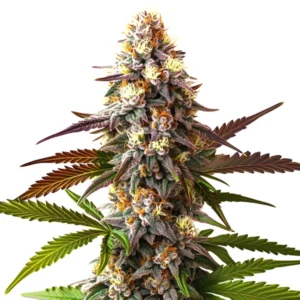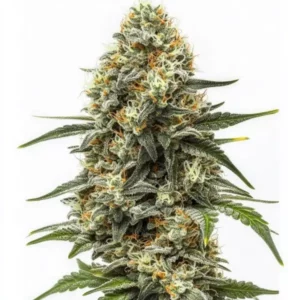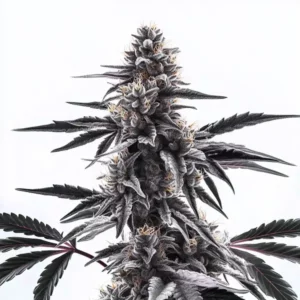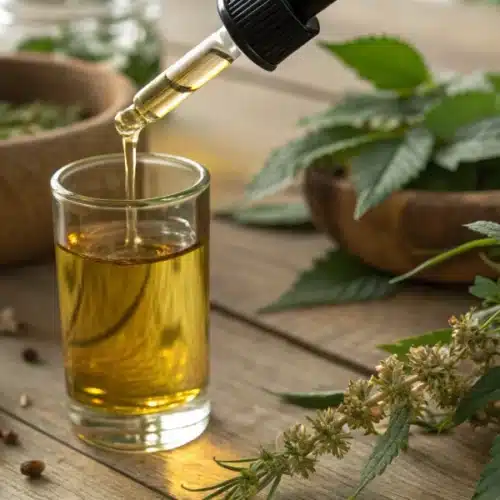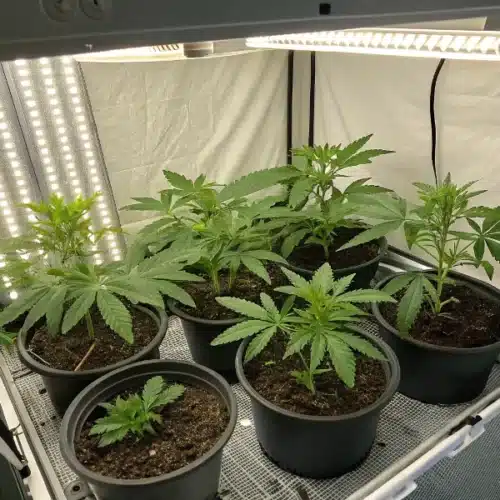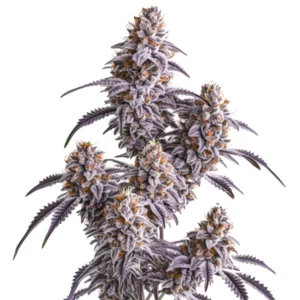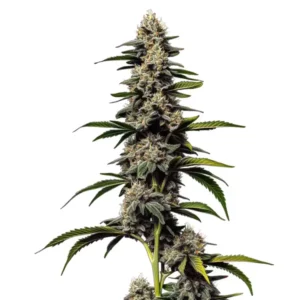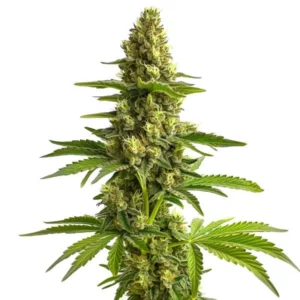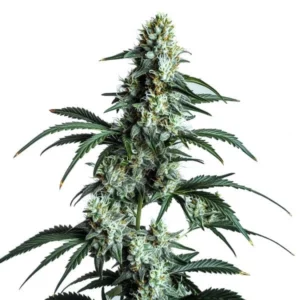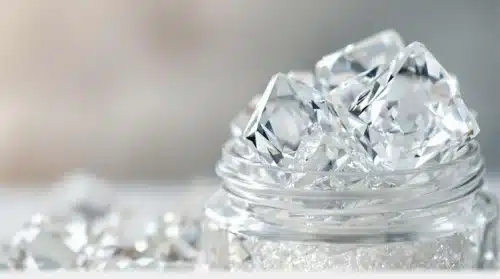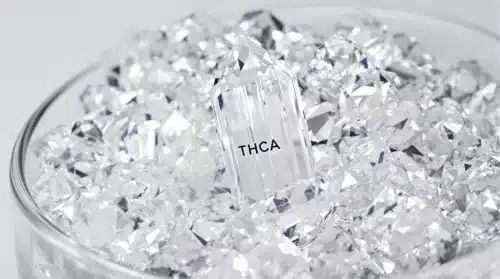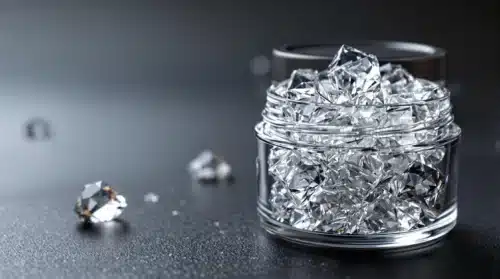Creating THCA diamonds has gained popularity within cannabis extraction circles due to their purity and potency. As a result, these crystalline forms of THCA, or tetrahydrocannabinolic acid, are widely regarded by cannabis enthusiasts for their high-quality effects and versatility. This article will delve into the steps involved in making THCA diamonds and their various uses, offering a complete guide for anyone interested in these potent extracts.
THCA diamonds are also known for being adaptable, allowing users to experience a pure form of cannabis extract. These diamonds provide a unique experience, whether used independently or combined with terpene-rich concentrates for a more flavorful encounter. Given their potency and purity, THCA diamonds are one of the most sought-after cannabis products, offering a high THC yield upon decarboxylation.
What Are THCA Diamonds?
THCA diamonds are highly purified crystalline formations of THCA, which is a naturally occurring cannabinoid found in raw cannabis. Unlike THC, THCA does not produce a psychoactive high unless it is heated, converting to THC through a process called decarboxylation. This transformation allows THCA diamonds to be versatile, letting users choose between non-psychoactive and psychoactive applications.
The process of creating THCA diamonds involves isolating and crystallizing the THCA from the plant material, yielding a product that is up to 99% pure. This level of purity is unmatched in many cannabis extracts, making THCA diamonds a top choice for consumers seeking an intense yet refined experience. These diamonds can be combined with terp sauces to balance potency with robust flavor, especially for those who prefer a more aromatic product.
Promos & Deals
Why THCA Diamonds Are Popular
One of the main reasons THCA diamonds are so popular is their extremely high potency, which can reach up to 99% pure THCA content. This makes them one of the most potent forms of cannabis extract available today. For consumers, this means a highly concentrated experience, delivering strong effects in smaller quantities. THCA diamonds are ideal for experienced users who are familiar with powerful cannabis products.
In addition to potency, THCA diamonds offer flexibility in consumption methods. Since THCA itself is non-psychoactive, users can choose to heat the crystals to produce THC or enjoy them as-is without the psychoactive effects. Combined with terpenes or other cannabis concentrates, THCA diamonds can deliver a unique, balanced high that highlights the natural flavors and aromas of the cannabis plant.
Materials Needed to Make THCA Diamonds
To create THCA diamonds, specific materials and equipment are essential, particularly given the need for a controlled environment. One of the main tools is a closed-loop extraction system, a complex apparatus that allows for the safe handling of volatile solvents. These systems are preferred for THCA diamond extraction as they reduce the risk of contamination and ensure higher purity levels.
In addition to the closed-loop system, you’ll need solvents like butane or propane, which help dissolve cannabinoids from the cannabis plant. A purging oven is also necessary to remove any residual solvents after crystallization, ensuring a clean and pure product. A pressure-resistant container will be used during the crystallization phase to keep the process controlled and safe, as it regulates the temperature and pressure effectively.

Safety Precautions Before Starting
Safety is paramount when making THCA diamonds due to the flammable solvents involved in the process. Always work in a well-ventilated area or a lab-grade environment with proper airflow systems. Ensuring the space is free from open flames, sparks, or any sources of ignition is critical, as accidents involving flammable gases can be catastrophic.
Additionally, wearing safety gear such as gloves, goggles, and flame-resistant clothing adds an extra layer of protection. Handling the solvents and chemicals with care is necessary to avoid harmful exposure. Many opt to undergo training or work with professionals before attempting this process, as proper handling of extraction equipment and chemicals requires a thorough understanding of safety protocols.
Step-by-Step Guide to Creating THCA Diamonds
Step 1: Extraction Process
The extraction process is the first step to isolating THCA from the cannabis plant material. This involves loading the plant material into a closed-loop extraction system where solvents are used to separate cannabinoids from the plant. The closed-loop system minimizes the exposure to oxygen, keeping the solvents and cannabis isolated, which is safer and more efficient for creating THCA-rich extracts.
During the extraction, cannabinoids and terpenes are dissolved in the solvent, creating a solution that is rich in THCA. This liquid is collected and prepared for the next phase, where the crystallization process will take place. By controlling the temperature and solvent-to-cannabis ratio, the extraction can yield a highly concentrated THCA solution, which is ideal for forming diamonds in the later stages.
Step 2: Crystallization Process
The crystallization process is where the magic happens, as THCA begins to form solid crystals, or “diamonds,” through a slow and controlled evaporation of the solvent. After extraction, the THCA-rich solution is placed in a pressure-resistant container. As the solvent gradually evaporates, the THCA molecules start to bond and form crystals at the bottom of the container.
The slow crystallization is crucial for producing larger, more refined THCA diamonds. Environmental factors like temperature and pressure within the container can significantly impact the quality and size of the final diamonds. For the best results, many prefer to keep temperatures low and let the process unfold over two to three weeks, allowing the crystals to grow in purity and size.
Step 3: Purging Process
Purging is a critical step that removes any remaining solvent from the THCA diamonds, ensuring the final product is safe for consumption. This is done using a purging oven, which applies low heat to the diamonds, evaporating any residual solvents. This step is delicate, as too much heat could decarboxylate the THCA, converting it to THC and altering the diamond’s properties.
Proper purging is necessary to achieve a clean product. The goal is to eliminate all traces of the solvent without altering the chemical composition of the THCA. Depending on the equipment and temperature settings, purging can take several hours, but the result is a highly pure, solvent-free THCA diamond that is ready for consumption or further processing.
Step 4: Harvesting the THCA Diamonds
Once purging is complete, the THCA diamonds can be carefully harvested from the container. These diamonds are often stored in airtight glass jars to maintain their purity and prevent accidental decarboxylation. Handling the diamonds gently and using sterile tools ensures that no contaminants affect the product’s quality.
Storing THCA diamonds in a cool, dark place helps preserve their potency over time. Due to the high THCA content, these diamonds are incredibly potent and need minimal handling to avoid degradation. Many users prefer storing them in smaller containers or individually to prevent sticking, ensuring each diamond retains its quality and potency.
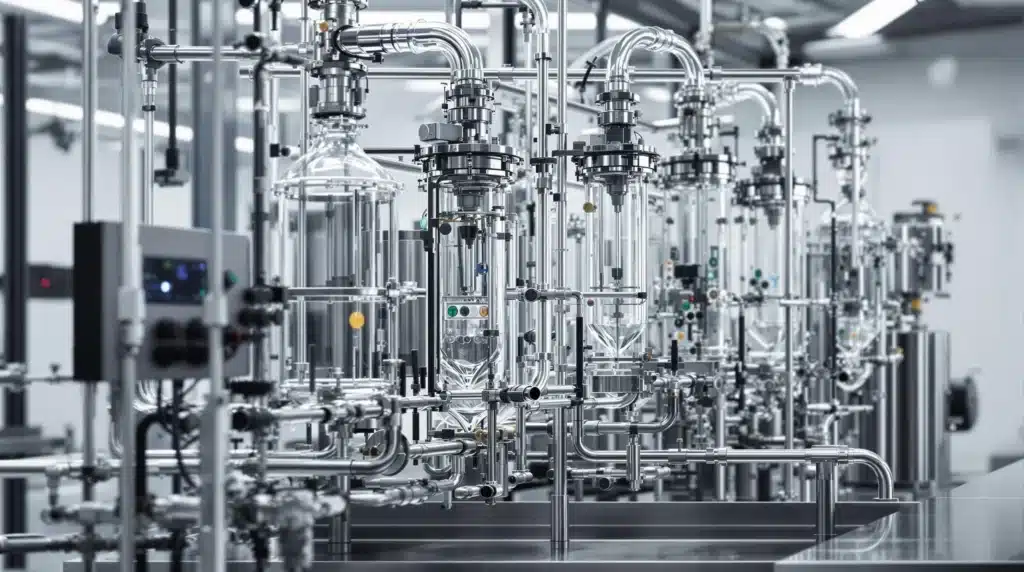
Different Ways to Use THCA Diamonds
THCA diamonds offer a variety of consumption methods, appealing to users looking for both psychoactive and non-psychoactive experiences. When consumed without heating, they remain as THCA, delivering the cannabinoid’s unique effects without causing a high. However, when heated, THCA converts to THC, providing a powerful, psychoactive effect.
For those seeking a flavorful experience, THCA diamonds can be combined with terp sauce, enhancing the aromatic profile without compromising the product’s purity. Additionally, mixing them with cannabis flower or other concentrates can elevate the potency, allowing users to control the experience by choosing when and how to activate the THCA into THC.
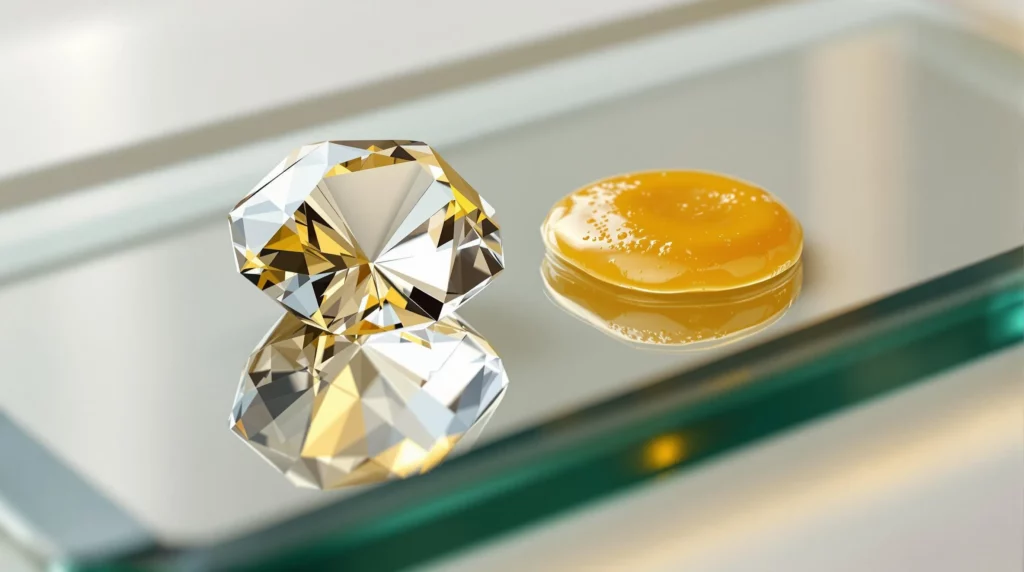
Frequently Asked Questions about THCA Diamonds
What Are the Effects of THCA Diamonds?
Since THCA itself is non-psychoactive, THCA diamonds do not induce a high unless decarboxylated, which turns THCA into THC. This transformation allows users to choose between non-psychoactive and psychoactive effects. Without heating, THCA diamonds may offer potential benefits, such as anti-inflammatory properties, without altering the user’s cognitive state.
For those seeking a psychoactive effect, applying heat will decarboxylate the THCA, creating THC, which is highly potent in its crystalline form. The experience with THC diamonds is typically intense, making this product a favorite among seasoned users who enjoy potent concentrates.
Can I Make THCA Diamonds at Home?
While it’s technically possible to create THCA diamonds outside of a professional lab, it’s not advisable due to the specialized equipment and handling of flammable solvents required. Making THCA diamonds involves intricate steps that need precise control over temperature, pressure, and solvent exposure, often conducted in lab-grade conditions to maintain safety.
Due to these requirements, THCA diamond production is typically done by professionals in licensed facilities. Attempting to make THCA diamonds at home can be risky, not only for personal safety but also for ensuring product purity and quality. It’s best to purchase THCA diamonds from trusted sources.
What Are the Best Ways to Store THCA Diamonds?
THCA diamonds are best preserved in an airtight container, ideally in a cool, dark place to prevent any accidental decarboxylation from occurring. Exposure to light and heat can gradually convert THCA into THC, altering the product’s properties. Proper storage helps maintain the integrity and potency of the THCA crystals over time.
For long-term storage, using small, individual containers for each diamond or dividing larger batches into portions can help prevent crystals from sticking together. Many enthusiasts find that storing their THCA diamonds in glass jars or silicone containers in a refrigerated space ensures optimal preservation.

